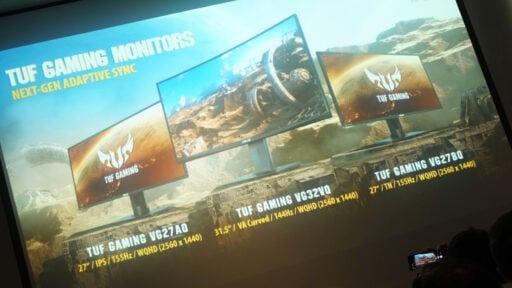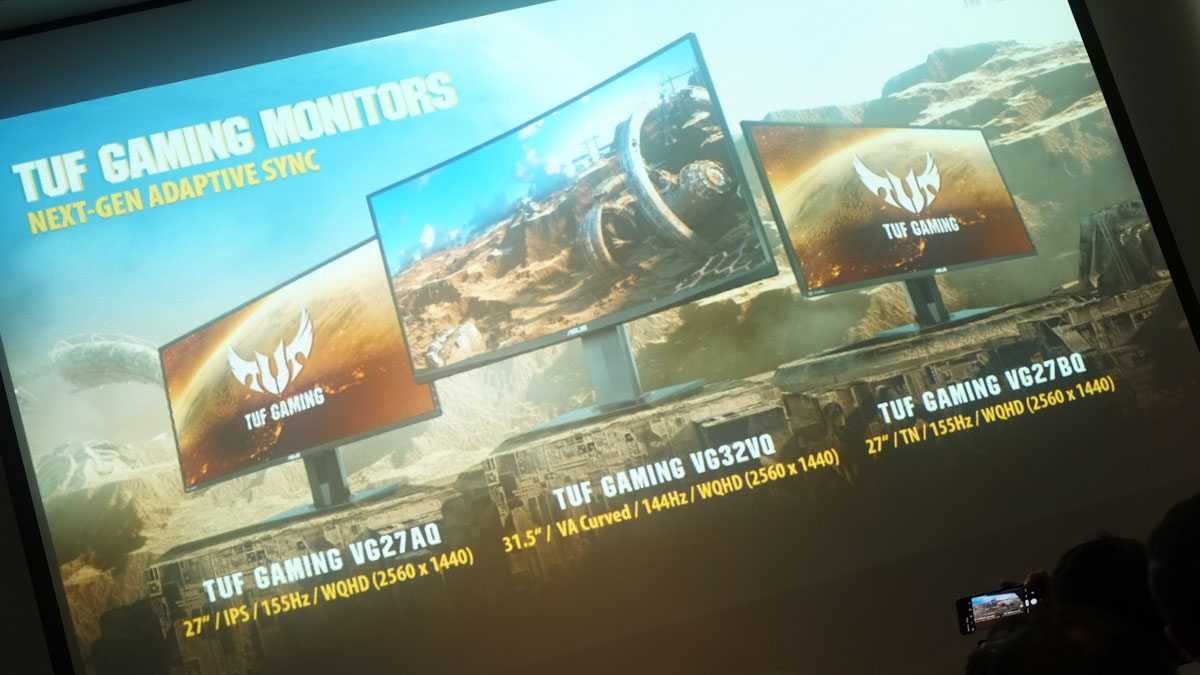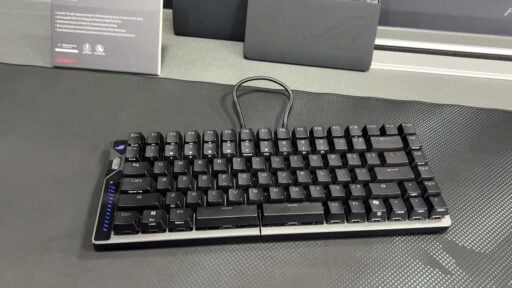ASUS at Computex 2019 showcased the new TUF Gaming family of monitors with the ELMB-Sync technology in tow. This is a revolutionary feature, allowing the monitor to reduce motion blur without requiring the game’s FPS to exactly match the static refresh rate of the monitor.
Table of Contents:
How ELMB works
To understand ELMB-Sync, let us talk about the ASUS ELMB or Extreme Low Motion Blur. ELMB is a kind of backlight strobing technology to reduce motion blur similar to MBR, DyAC and Lightboost. It works by strobing the backlight just before the display panel finishes the transition between one refresh to another. This happens rapidly, allowing CRT like motion clarity on an LCD panel.
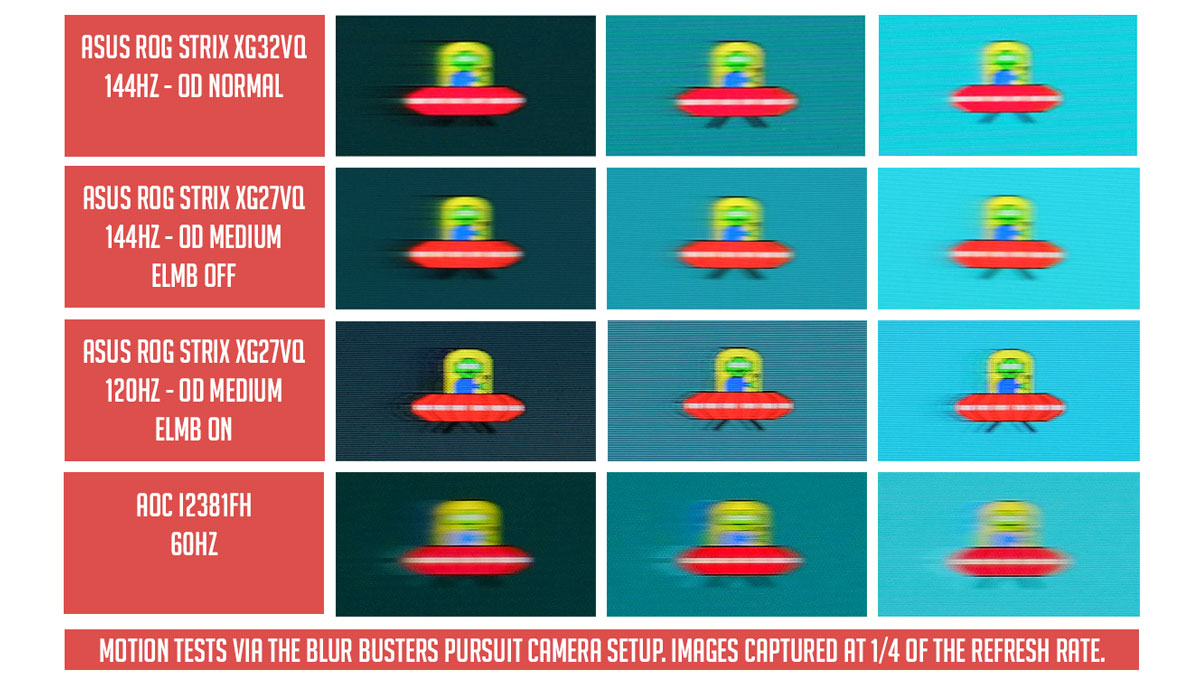
The problems with ELMB
ELMB looks good and all but there are trade offs. First off, the game’s FPS is required to match the refresh rate of the monitor. If x monitor supports strobing at x refresh rate, then you must have a graphics card or a system that could match it up any time. Otherwise, you might see duplicate image effects similar to that of a strobe crosstalk.
Second, with the backlight strobing rapidly, the brightness of the monitor is noticeably lower. There’s also an issue where the strobing causes eye strain, even though the effect can’t be seen with the naked eye but rather felt. Last, variable refresh rate technologies such as Adaptive Sync and the AMD Radeon FreeSync technology doesn’t support it.
ELMB-Sync is the solution
Now enter ELMB-Sync. A technology that allows variable refresh rate technologies to work with backlight strobing. That means it also matches the strobe with whatever frame rate you are at when variable refresh rate is enabled. ASUS managed to do this with a dedicated processor just for this task alone.
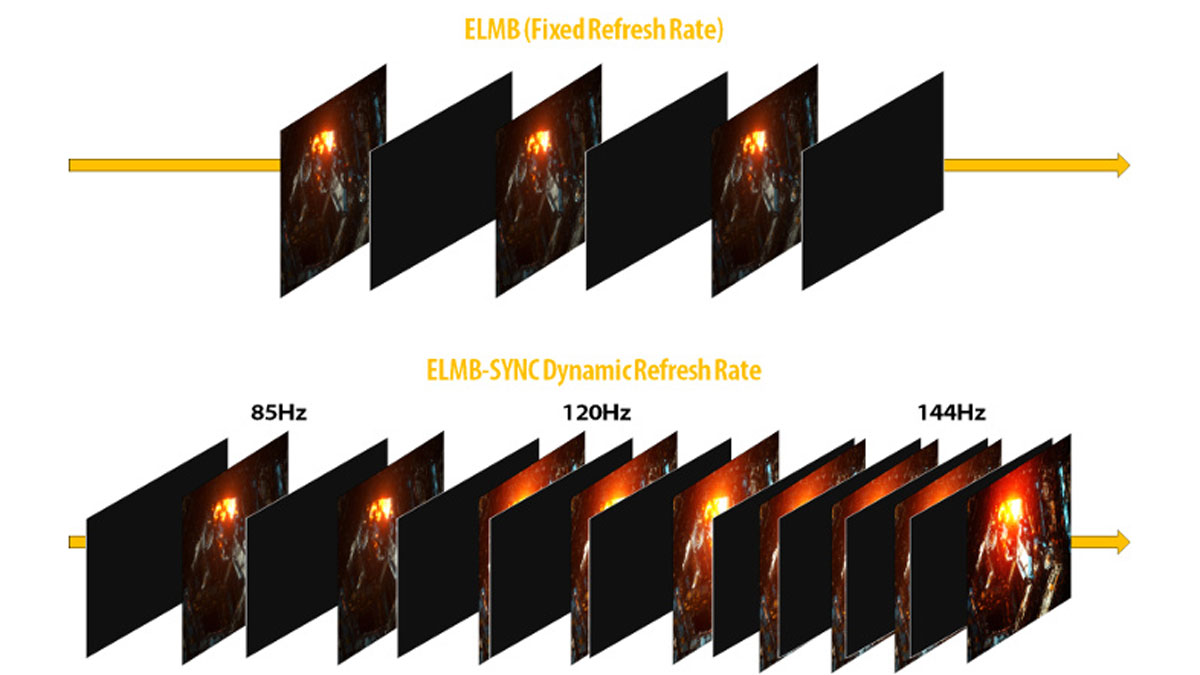
This also means that there no need to turn on V-Sync that introduces extra latency and you don’t have to bother capping out frames just to make storbing work as it should. Still, ASUS recommends that your system could push around 100FPS on average to get the best possible experience.
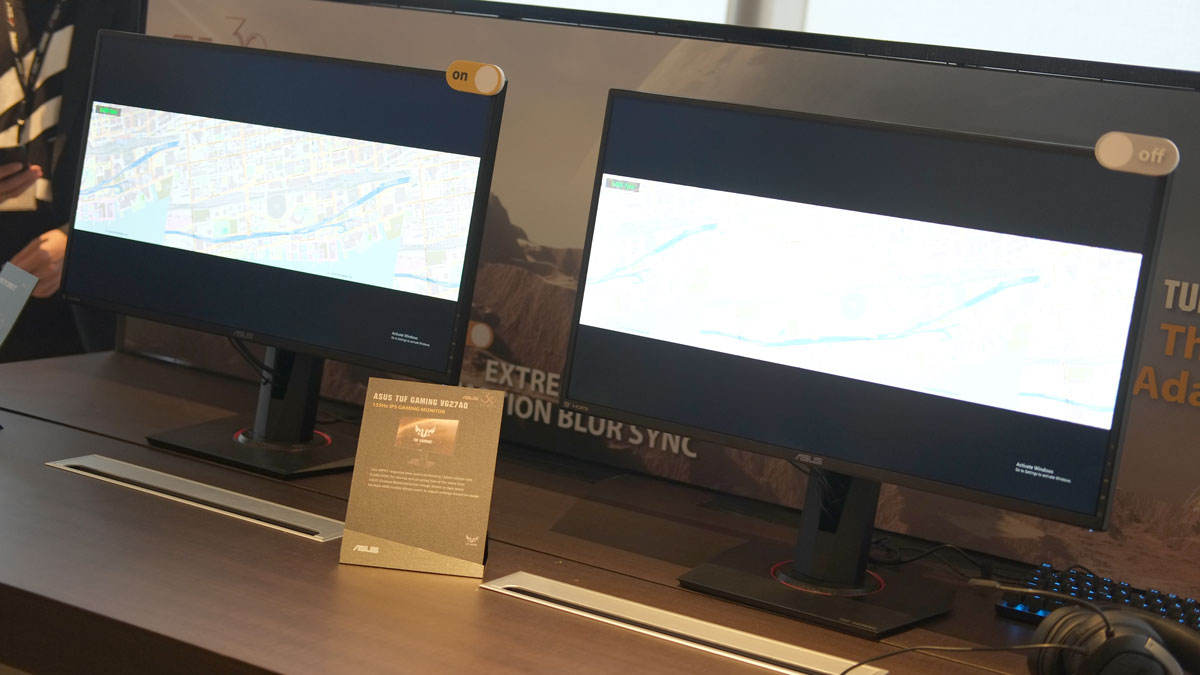
While the demo at Computex 2019 showed that there’s a visible brightness discrepancy between the feature turned on and off, it is still not clear if the ELMB-Sync supports Nvidia graphics on G-Sync compatibility mode. The issue of additional latency for processing is also noteworthy to ask. Those are some of the things I’d like ASUS to answer after Computex so stay tuned for an update on this piece.
TUF Gaming monitors gets a head start
So far, there are 3 TUF monitors revealed to feature the said technology. These are the VG32VQ, VG27AQ and the VG27BQ. These are VA, IPS and TN panels in order.
| VG32VQ | VG27AQ | VG27BQ | |
|---|---|---|---|
| Size | 31.5″ wide screen | 27″ wide screen | 27″ wide screen |
| Panel | VA | IPS | TN |
| Resolution | 2560×1440 | ||
| Aspect Ratio | 16:9 | ||
| Refresh Rate | Adaptive-Sync 48 – 144Hz | Adaptive-Sync 40 – 155Hz | |
| Response Time | 1ms MPRT, 4ms (GtG) | 1ms MPRT, 1ms (GtG) | |
| HDR Support | HDR-10 | ||
| Brightness | 400 cd/m² (Typical) | 350 cd/m² (Typical) | |
| Ports | HDMI 2.0 x2, DisplayPort 1.2 x 1 | ||
| Speakers | 2W x2 Stereo RMS | ||
The TUF Gaming series are the perfect family of gaming monitors to reveal this feature. They are certainly not cheap, but boy they are at the mainstream category and are enough even for me to consider switching to. A few of the notable features I consider important are the selection of panels, the full line-up upgrade to 1440P resolution and HDR-10 support.
If I were to choose right now, I would get the ASUS TUF Gaming VG27AQ. It is IPS, has 1ms GTG and just seems to be a good compromise between the VA and TN panel models.
Pricing and availability
While ASUS is still quiet when it comes to both pricing and availability, it is safe to assume a mainstream price point for the new monitor family. After all, this is TUF Gaming we are talking about carrying the VG badge as well.
